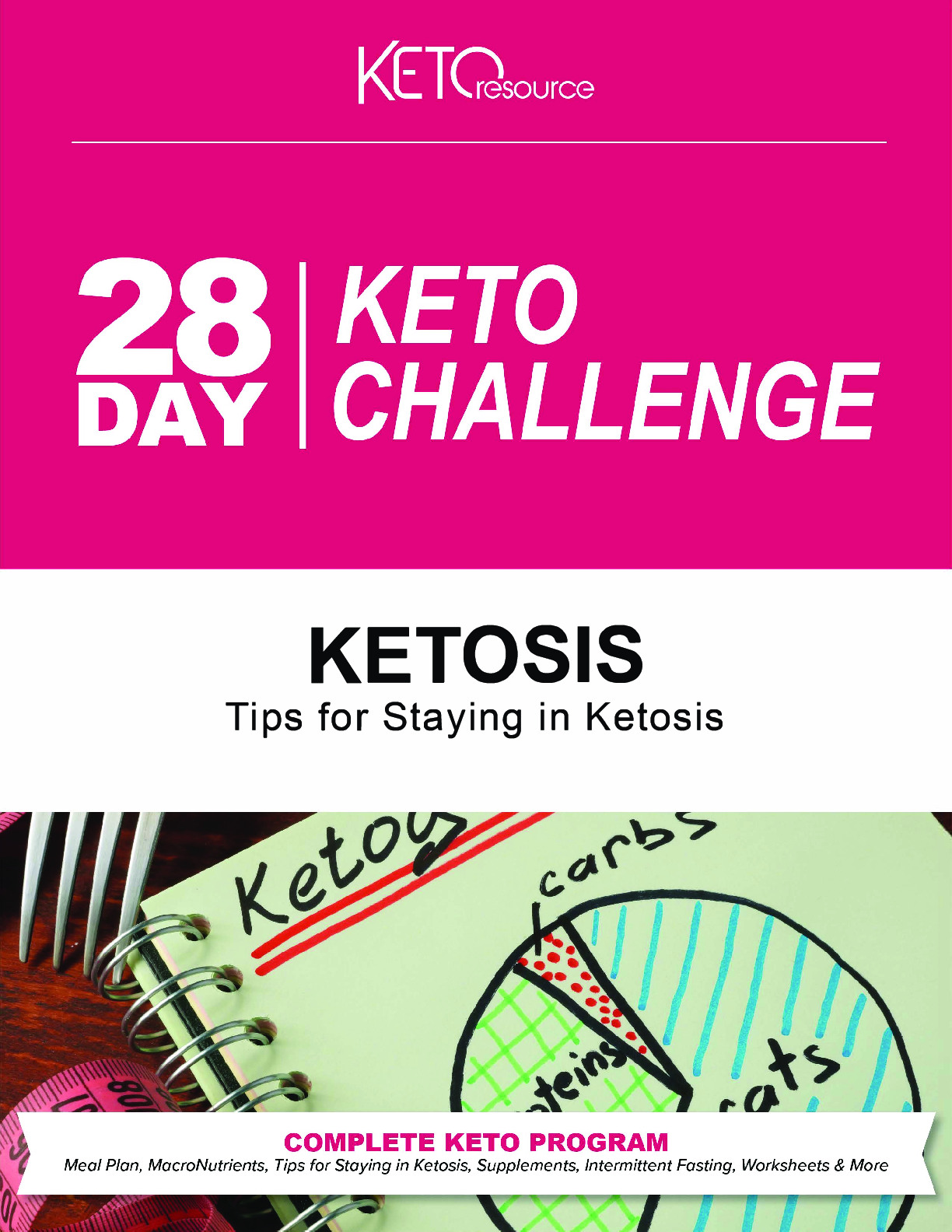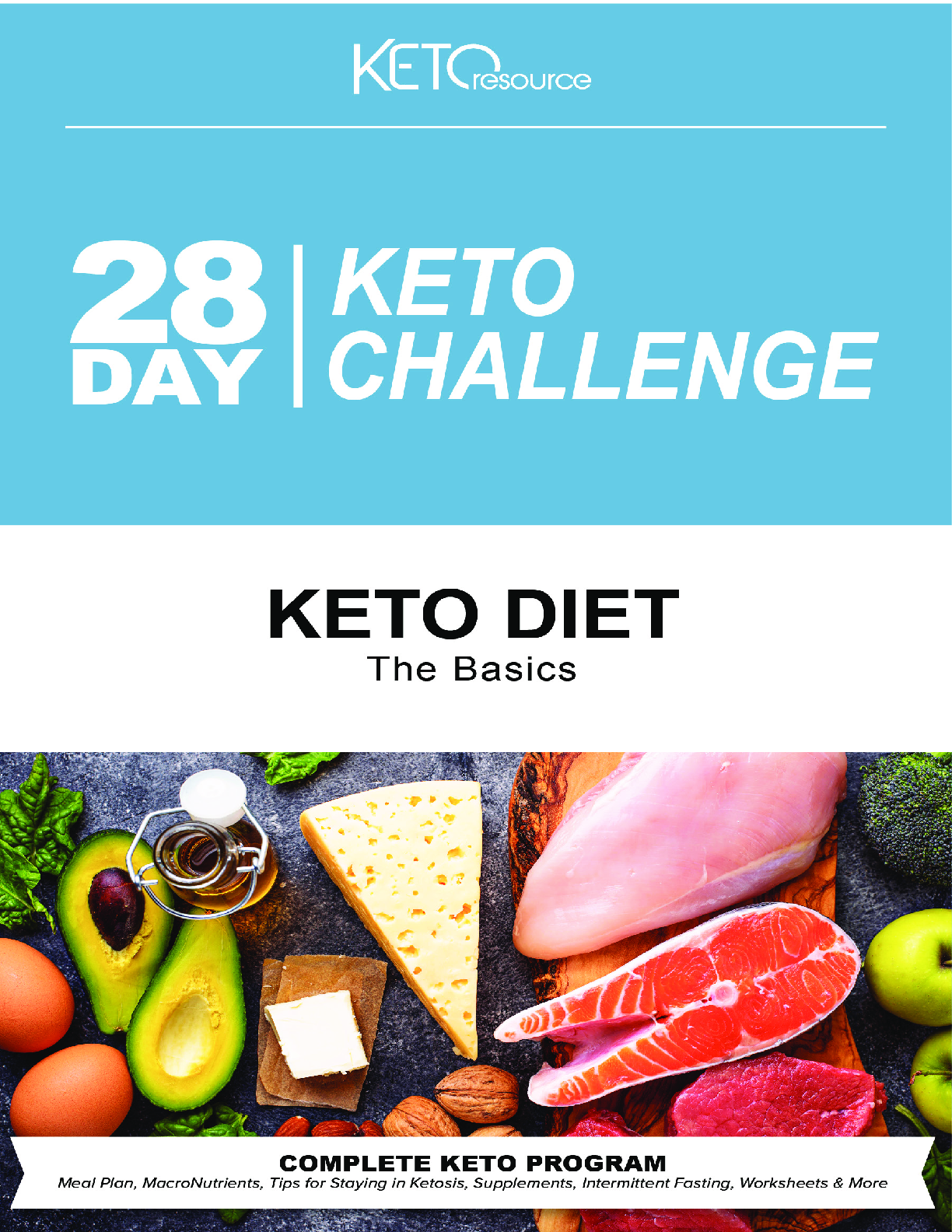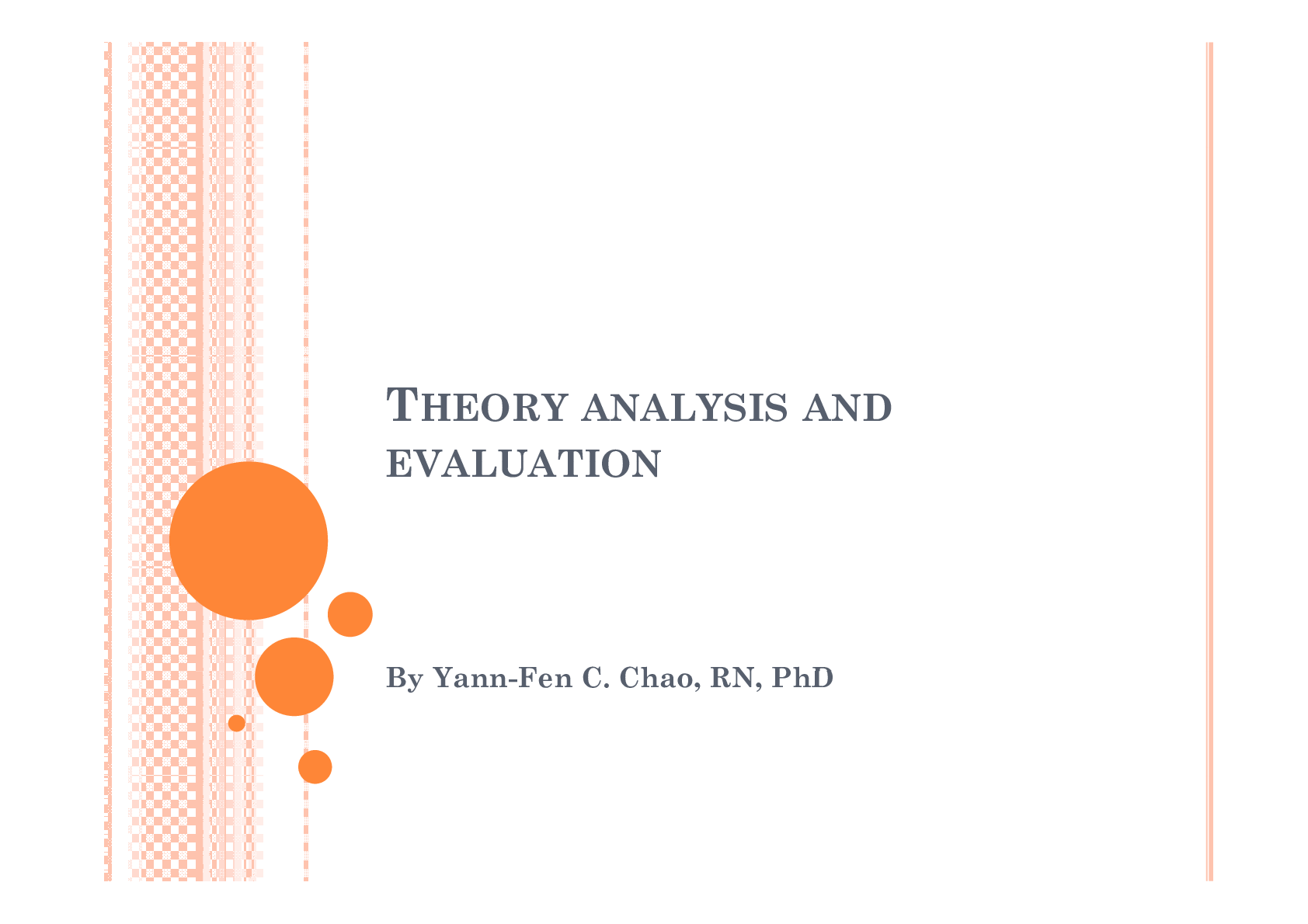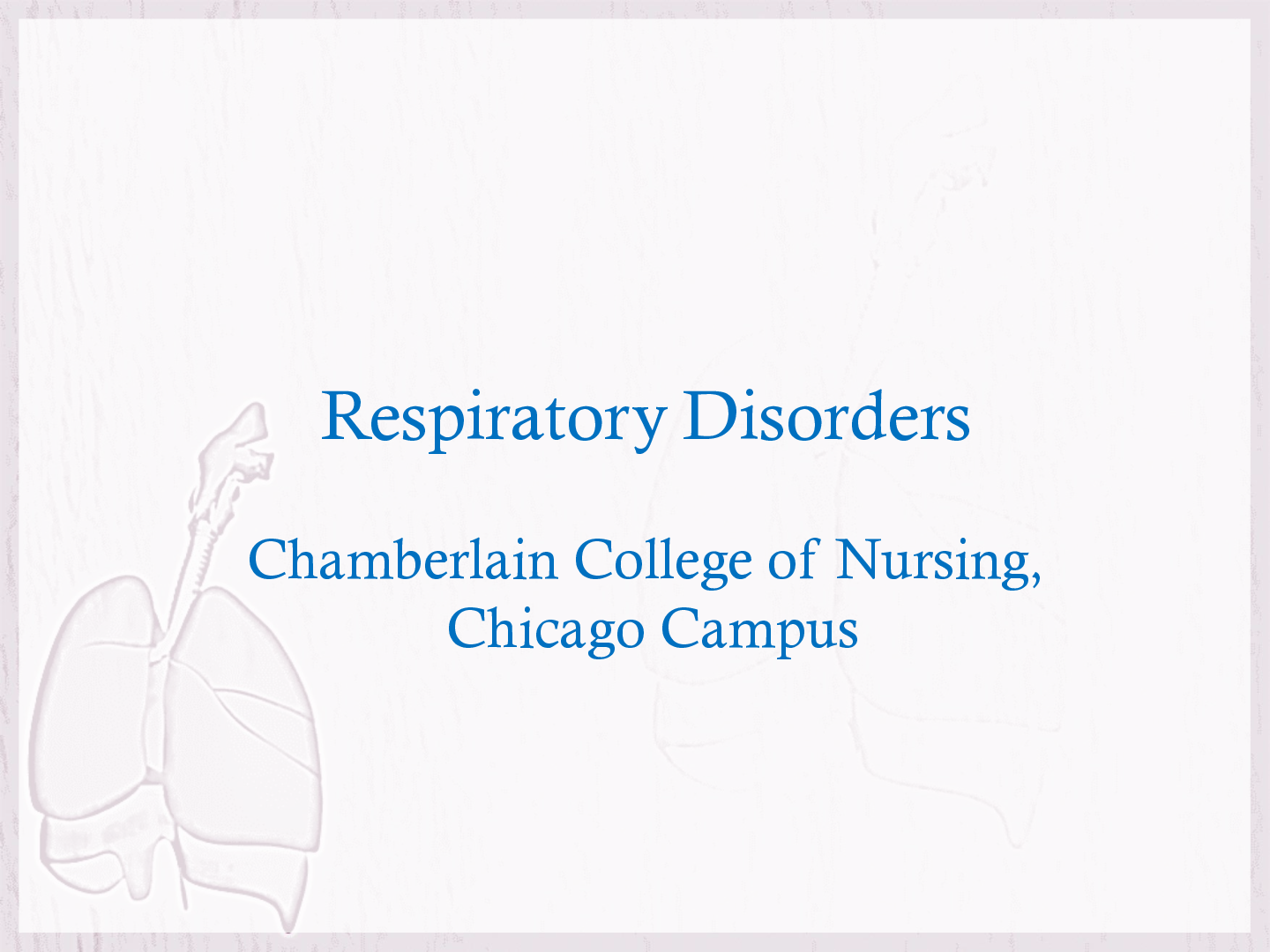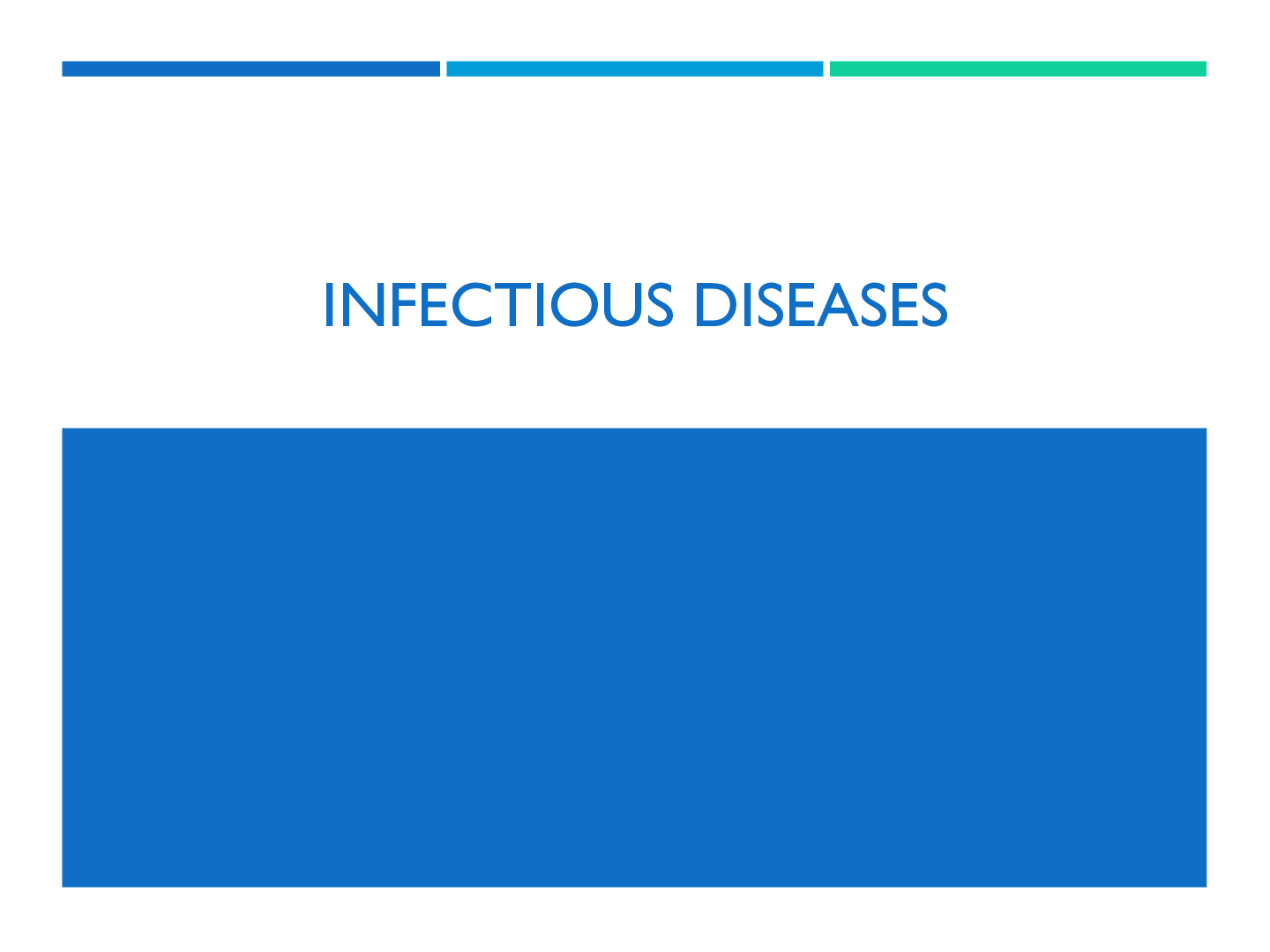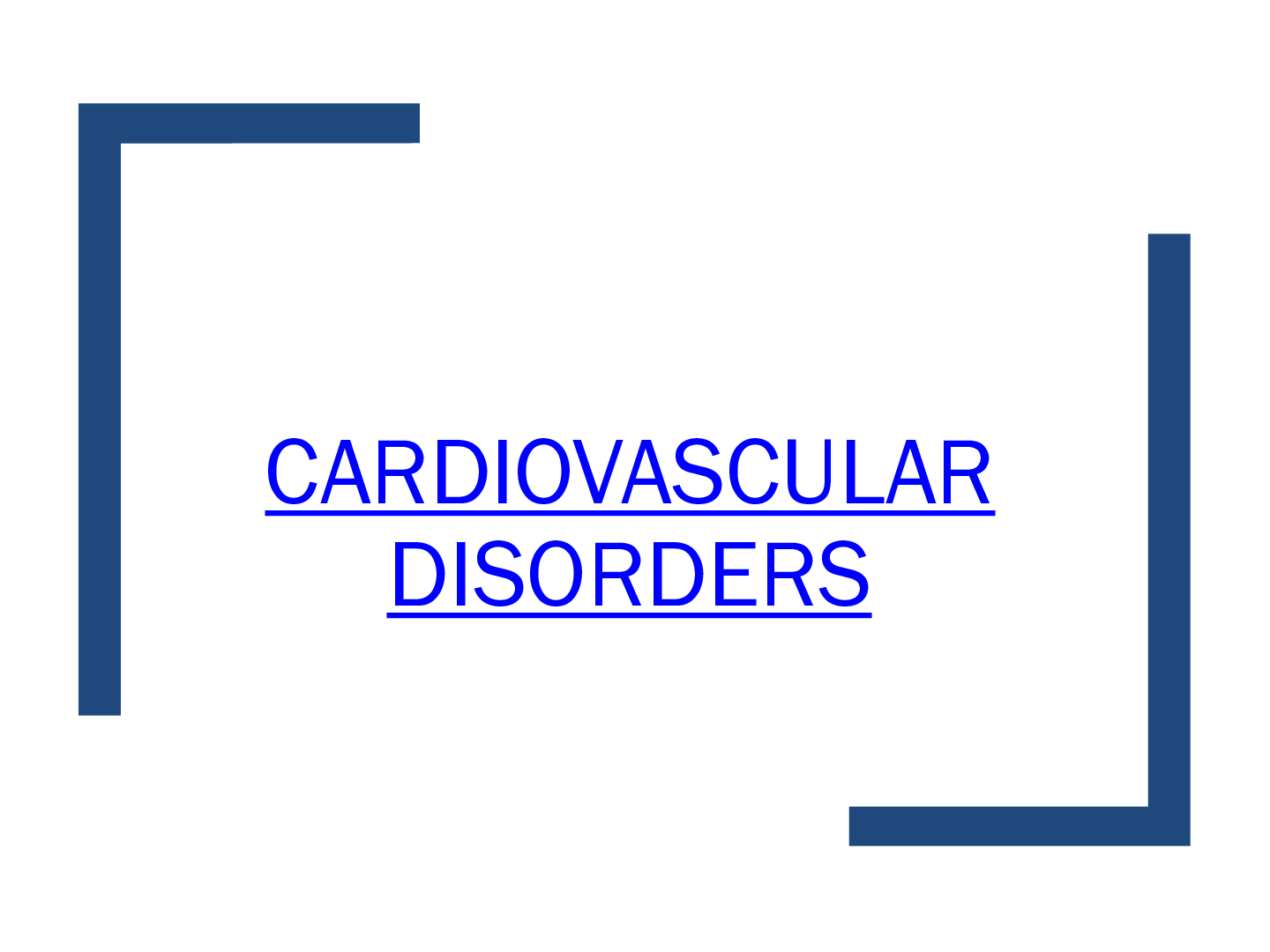*NURSING > Presentation > Cardiac Medications Used in the Critical Care Unit | PEDS 602 Cardiac_Drip_Presentation_2020 - Chamb (All)
Cardiac Medications Used in the Critical Care Unit | PEDS 602 Cardiac_Drip_Presentation_2020 - Chamberlain College of Nursing
Document Content and Description Below
Cardiac Medications Used in the Critical Care Unit PEDS 602 Cardiac_Drip_Presentation_2020 - Chamberlain College of Nursing Cardiac Medications Used in the Critical Care Unit ALEXANDRA ANGEL, P... HARM.D. PHARMACY RESIDENT WEST KENDALL BAPTIST HOSPITALObjectives Provide an overview for the management of vasoactive medications Apply knowledge and concepts in the initiation, administration, and monitoring of therapy for patients receiving vasoactive medications Discuss overall rationale and management for vasoactive medicationsOutline Adrenergic receptor physiology Medication therapy in: Hypotension (i.e., shock) Hypertension Emergencies Acute Decompensated Heart Failure Arrhythmias Review of: Vasopressors and Inotropes Vasodilators Anti-arrhythmics Other Cardiac medicationsVasoactive Therapy CO: Cardiac Output SVR: Systemic Vascular ResistanceVasopressorsVasopressors Norepinephrine (NE) – Levophed® Epinephrine (Epi) – Adrenalin® Dopamine (DA) – Intropin® Phenylephrine – Neosynephrine Dobutamine – Dobutrex® Vasopressin – Vasostrict®Vasopressors Induce vasoconstriction → ↑ mean arterial pressure (MAP) Some agents may have both vasopressor and inotropic effects Inotropes that ↑ cardiac contractility Dopamine DobutamineAdrenergic Receptor Physiology Receptor Location Physiologic Effect Alpha-1 (α1) Vascular walls • Vasoconstriction (significant) • Heart: ↑ duration of contraction without ↑ chronotropic effects Beta-1 (β1) Heart • ↑ inotropic & chronotropic effects with minimal vasoconstriction - - - - - - - - - - - - - - - - - - - - - - Alternative to NE or used in addition to NE to maintain adequate MAP (2B) Dose: 0.04units/min (fixed rate) in conjunction with a vasopressor to ↓ vasopressor load No tapering required Administration: Central line preferred Refer to BHSF titration guidelinesVasopressin (Vasostrict®) Monitor Blood pressure, heart rate (MAP), EKG Urine Output Na (hyponatremia) Peripheral ischemiaIsoproterenol (Isuprel®) MOA: β1 and β2 agonist (non-selective) B1 → prominent chronotropic B2 → vasodilation and a decrease in MAP Primarily has inotropic & chronotropic effects rather than a vasopressor Place in Therapy: Limited to situations in which hypotension results from bradycardia Chemical pacemaker (until permanent is done) Brugada syndrome Dose: 0.5 -10mcg/min; titrate and taper by 0.5mcg/min to maintain HR > 60bpm (unless otherwise specified) Administration: Standard concentration: 8mcg/mL Refer to BHSF titration guidelines UpToDate and Inotropes/Vasopressors ArticleIsoproterenol (Isuprel®) Monitor HR, RR, MAP Blood glucose Magnesium PotassiumAntihypertensive AgentsHow they work.. Mixed • Calcium antagonists • Alpha-adrenergic Blockers • ACE-I, ARBs • Nitroprusside Arterial • Hydralazine • Minoxidil Venous • Nitrates Arterial Vasodilation Venous VasodilationIndications for Vasodilators Hypertensive Crisis Severe elevations in BP (> 180/120mmHg) Hypertensive Emergency - evidence of impending or progressive target organ damage Goal: reduce MAP by no more than 10-20% within 1 hour Heart Failure Speeds symptom relief Improves efficiency of cardiac workNitroglycerin MOA: Vasodilator (↓ Preload, some ↓ afterload) Place in therapy: acute relief of chest pain (CP), but not the best agent for BP control ADHF, ACS, & Hypertensive Crisis Dose: 5-200mcg/min, titrate every 5 minutes to desired effect (CP relief, dyspnea relief, target MAP) Venous > arterial (at > 100mcg/min) Administration: Verify concentration for pump Standard concentration: 100mcg/mL Refer to BHSF titration guidelines Kaplan et al. Drug treatment of hypertensive emergencies Accessed February 1, 2013. www.uptodate.comNitroglycerin Monitor Headache MAP Reflex tachycardia Tachyphylaxis (within 24-48 hours) Nitrate free interval Pain (headache) BP & HR Phosphodiesterase inhibitors are contraindicated Lacy CF et al. Drug Information Handbook. 19th edition. 2011 – 2012. Caution in brain injury due to ↑ ICPNitroprusside (Nipride®) MOA: Vasodilator Place in therapy: acute relief of chest pain (CP), but not the best agent for BP control ADHF Hypertensive Crisis Dose: 0.3-10mcg/kg/min, titrate every 3-5 min to desired MAP goal Dose ≥ 10mcg/kg/min should be limited to < 10 min Administration: Standard concentration: 200mcg/mL Refer to BHSF titration guidelines Colucci et al. Overview of the therapy of heart failure due to systolic dysfunction. Accessed February 1, 2013. www.uptodate.comNitroprusside (Nipride®) Monitor MAP Arterial Blood Gases (ABGs) Physical bag for blue color changes Cyanide (hepatic insufficiency) Thiocyanate (renal insufficiency) toxicity (if using > 4 days) “Almond” breath Lacy CF et al. Drug Information Handbook. 19th edition. 2011 – 2012. Caution in brain injury due to ↑ ICPLabetalol (Trandate®) MOA: Non-selective Beta-blocker with alpha-1 activity Place in therapy: Hypertensive Crisis (including pregnancy) Dose: 1-6mg/min; titrate by 1mg every 5 minutes to maintain HR or SBP 10-20mg Q 10 minutes (increase by 20-40mg to a max 300mg) Administration: Standard concentration: 200mg/200mL Refer to BHSF titration guidelines Lacy CF et al. Drug Information Handbook. 19th edition. 2011 – 2012.Labetalol (Trandate®) Monitor MAP HR EKG LFTs Glucose (hypoglycemia)Nicardipine (Cardene®) MOA: Calcium channel blocker Place in therapy: Hypertensive Crisis (including pregnancy) Drug of choice for hypertension in acute ischemic stroke Dose: 5-15mg/hour, titrate by 2.5mg every 5-15 minutes intervals Avoid abrupt discontinuation → rebound angina (CAD) and tachycardia Administration: Central line preferred Standard concentration: 0.1mg/mL Refer to BHSF titration guidelines Lacy CF et al. Drug Information Handbook. 19th edition. 2011 – 2012.Nicardipine (Cardene®) Monitor HR, MAP HF & renal patients may experience more flushing and peripheral edema Drug interaction with Fentanyl® → hypotension Lacy CF et al. Drug Information Handbook. 19th edition. 2011 – 2012.Hydralazine (Apresoline®) MOA: Arterial vasodilator Place in therapy: Hypertensive Crisis Dose: 10-20mg IV/IM every 4-6 hours as needed, may increase by 5-10mg every 20-30 minutes Maximum dose: 40mg/dose IV Push over 1 minute Renal adjustment required Administration: Pregnancy category: C Lacy CF et al. Drug Information Handbook. 19th edition. 2011 – 2012.Hydralazine (Apresoline®) Monitor BP HR Complete blood count (CBC) Antinuclear antibody (ANA) titerOptions for Hypertension Crisis Agent Onset Duration Advantage Disadvantage Nitroprusside Immediate 1 – 2 min Potent Cyanide, Thiocyanate, ↑ ICP Nitroglycerin 2 – 5 min 3 – 5 min Coronary Perfusion Tolerance, Variable efficacy, ↑ICP Nicardipine 5 – 15 min 1 – 4 hrs CNS Protection Avoid in HF or cardiac ischemia Enalaprilat 15 – 30 min 6 – 12 hrs IV/IM push Avoid in acute MI Esmolol 1 – 2 min 10 – 30 min Aortic dissection, preoperative Hypotension, nausea, asthma, 1° heart block, HF Hydralazine 10–20 min IV 20–30 min IM 1–4 hrs IV 4–6 hrs IM Eclampsia vomiting, ↑ HR, flushing, HA, ↑ angina Labetalol 2 – 5 min 3 – 6 hrs Most HTN except acute heart failure bronchoconstriction, dizziness, nausea, heart block, orthostatic hypotension JNC 7. National High Blood Pressure Education Program. The7th report of the Joint National Committee on Prevention, Detection, Evaluation, and Treatment of High Blood Pressure. 2004Acute Decompensated Heart FailureProfiles and Therapies of Advanced Heart Failure R. Bourge, UAB Cardiology (adapted from L. Stevenson) Stevenson LW. Eur J Heart Failure 1999;1:251-257Acute Decompensate Heart Failure (ADHF) Goals of Therapy Relief of symptoms (i.e., fluid overload) – oxygenation and diuretics Decrease of overload – vasodilators Low ejection fraction (EF) – inotropic support Restore normal oxygenation Identify and address precipitating factors Optimize chronic oral therapy Minimize side effects Colucci et al. Overview of the therapy of heart failure due to systolic dysfunction. Accessed February 1, 2013. www.uptodate.comPharmacological Treatment – Diuretics Loop Diuretics – GOLD STANDARD Furosemide (Lasix®) Bumetanide (Bumex®) Torsemide (Demadex®) Place in Therapy: 2017 Update on Heart Failure Guidelines Relief of symptoms due to volume overload Administration Refer to BHSF Guidelines Lacy CF et al. Drug Information Handbook. 19th edition. 2011 – 2012.Pharmacological Treatment – Diuretics Dosing Oral: Ethacrynic Acid 50mg = Furosemide 40mg = Torsemide 20mg = Bumetanide 1mg IV: all are 1:1, except Furosemide (IV → PO) 1:2 Furosemide 20mg IV = Furosemide 40mg PO Fixed rate per MD but changed based on urine output If no response, can transition to continuous infusion Furosemide ceiling doses up to 240mg/24 hours Refer to BHSF Guidelines Lacy CF et al. Drug Information Handbook. 19th edition. 2011 – 2012.Pharmacological Treatment – Diuretics Monitor I/Os Chemistry Weight BP Caution with other nephrotoxins Ex: ACEIs, NSAIDs Lacy CF et al. Drug Information Handbook. 19th edition. 2011 – 2012.Vasodilators Place in Therapy ADHF unresponsive to diuretic treatment Function is to reduce symptoms and volume overload Cold & wet Agents used: Nitroglycerin Nitroprusside Overgaard CB et al. Inotropes and Vasopressors: Review of Physiology and Clinical Uses in Cardiovascular Disease. Circulation; 2008; 118: 1047-1056Inotropes Place in Therapy First line agents in “cold” presentations Restore perfusion & forward flow to body tissues through (+) inotropy → serve to directly ↑ CO Salvage therapy in end-stage failure Agents used Dobutamine MilrinoneDobutamine (Dobutrex®) MOA: stimulates both alpha and beta receptors β-1 receptors – produces strong inotropic effect Dose: 2-20 mcg/kg/min, titrate by 2.5mcg/kg every 15 minutes to desired effect (MAP or CI) Administration: Standard concentration: 2mg/mL Central lines preferred Refer to BHSF Guidelines No renal adjustment Lacy CF et al. Drug Information Handbook. 19th edition. 2011 – 2012.Dobutamine (Dobutrex®) Monitor BP, EKG, HR, MAP, CI, CO Glucose Renal function Urine output Electrolytes (K+/Mg+) Drip may turn pink → potency not altered Lacy CF et al. Drug Information Handbook. 19th edition. 2011 – 2012.Milrinone (Primacor®) MOA: Phosphodiesterase (PDE)3-inhibitor Selectively inhibits cAMP PDE-2 isoenzyme in cardiac and smooth vascular muscle Positive (+) Inotrope/Vasodilator Dose: Renal adjustment required Loading dose: 50mcg/kg over 10 minutes Continuous infusion: 0.375-0.75mcg/kg/min, then titrate Administration: Central line preferred Standard concentration: 20mg/100mL Refer to BHSF Guidelines Colucci et al. Overview of the therapy of heart failure due to systolic dysfunction. Accessed February 1, 2013. www.uptodate.comMilrinone (Primacor®) Monitor EKG, MAP, CI Urine output LFTs Renal function Platelets for thrombocytopenia Electrolytes Lacy CF et al. Drug Information Handbook. 19th edition. 2011 – 2012.Digoxin (Lanoxin®) MOA: HF: ↑ heart’s force of contraction by inhibiting Na+/K+ ATPase pump (controls movement of calcium) A-Fib: Direct suppression of AV node Dose: HF: 0.125-0.25mg daily (no loading dose) Renal adjustment: ↓ by 25-75% +/- extending dosing interval (no levels) A-Fib: up to 1.5mg/24 hours LD, then 0.125-0.5mg/day Administration: IV push Lacy CF et al. Drug Information Handbook. 19th edition. 2011 – 2012.Digoxin (Lanoxin®) Monitor HR, EKG, Electrolytes Renal function Levels: drawn at least 6-8 hours after initial LD (best 12-24 hours) Therapeutic levels: A-Fib: 0.8-2ng/mL HF: 0.5-0.8ng/mL Toxic levels: >2ng/mL Symptoms of Toxicity Blurred vision, seeing halos around objects Nausea, vomiting HA, dizziness, Lacy CF et al. Drug Information Handbook. 19th edition. 2011 – 2012.Anti-arrhythmicsAnti-arrhythmics Effects Class I • Na+ channel blockers Class II • Beta-Blockers Class III • K+ channel blockers Class IV • Ca+ channel blockersLidocaine (Xylocaine®) MOA: Na+ channel blocker; ↓ automaticity and excitability of ventricles Place in therapy: Useful in ventricular arrhythmias Dose: Loading dose: 1-1.5mg/kg IV over 2-3 minutes, may repeat in 5 minutes up to 300mg in 1-hour period Maintenance: 1-4 mg/min Administration: Standard concentration: 4mg/mL Refer to BHSF Guidelines Lacy CF et al. Drug Information Handbook. 19th edition. 2011 – 2012. Class ILidocaine (Xylocaine®) Monitor EKG Liver function test Electrolytes Fluids ABG Symptoms of Toxicity Levels >4 mcg/mL Dizziness, seizures, slurred speech, motor nerve paralysis Levels >9 mcg/mL Respiratory depression, heart block, coma, cardiac arrestIV Beta Blockers MOA: Block catecholamine’s activity on cardiac pacemaker Place in Therapy: Arrhythmias, MI, cardiomyopathy, HF Dose: See table Administration: Refer to BHSF Guidelines Lacy CF et al. Drug Information Handbook. 19th edition. 2011 – 2012. Class IIIV Beta Blockers Agei i i i i i i i i i i i i i i i i i i i i i i i ii ents (max 15 mg/hour) • PRN; some patients may respond to an initial rate of 5 mg/hour **useful in HFrEF due to less myocardial depression**Vaughan Williams Classification Classes Anti-arrhythmic Agents Effect Class I Na channel blockers IA – Quinidine, Procainamide, Disopyramide ↑ QRS and QT IB – Lidocaine, Mexiletine, Phenytoin ↓ QT IC – Propafenone, Flecainide, Moricizine ↑QRS Class II Beta Blockers Metoprolol, Esmolol, Atenolol ↓ HR and ↑ PR Class III K Channel Blockers Amiodarone, Sotalol, Dofetilide, Dronedarone, or Ibutilide ↑ QT Class IV Ca Channel Blockers Diltiazem and Verapamil ↓ HR and ↑ PRExtravasations Management: Stop infusion immediately DO NOT flush the line Agents available Phentolamine (Rogitine®) Terbutaline Nitroglycerin ointment (alternative to Phentolamine) Refer to BHSF extravasation protocol for specific directions Lacy CF et al. Drug Information Handbook. 19th edition. 2011 – 2012.When in doubt… …Call your friendly PharmacistQuestions? ? [Show More]
Last updated: 2 years ago
Preview 1 out of 67 pages
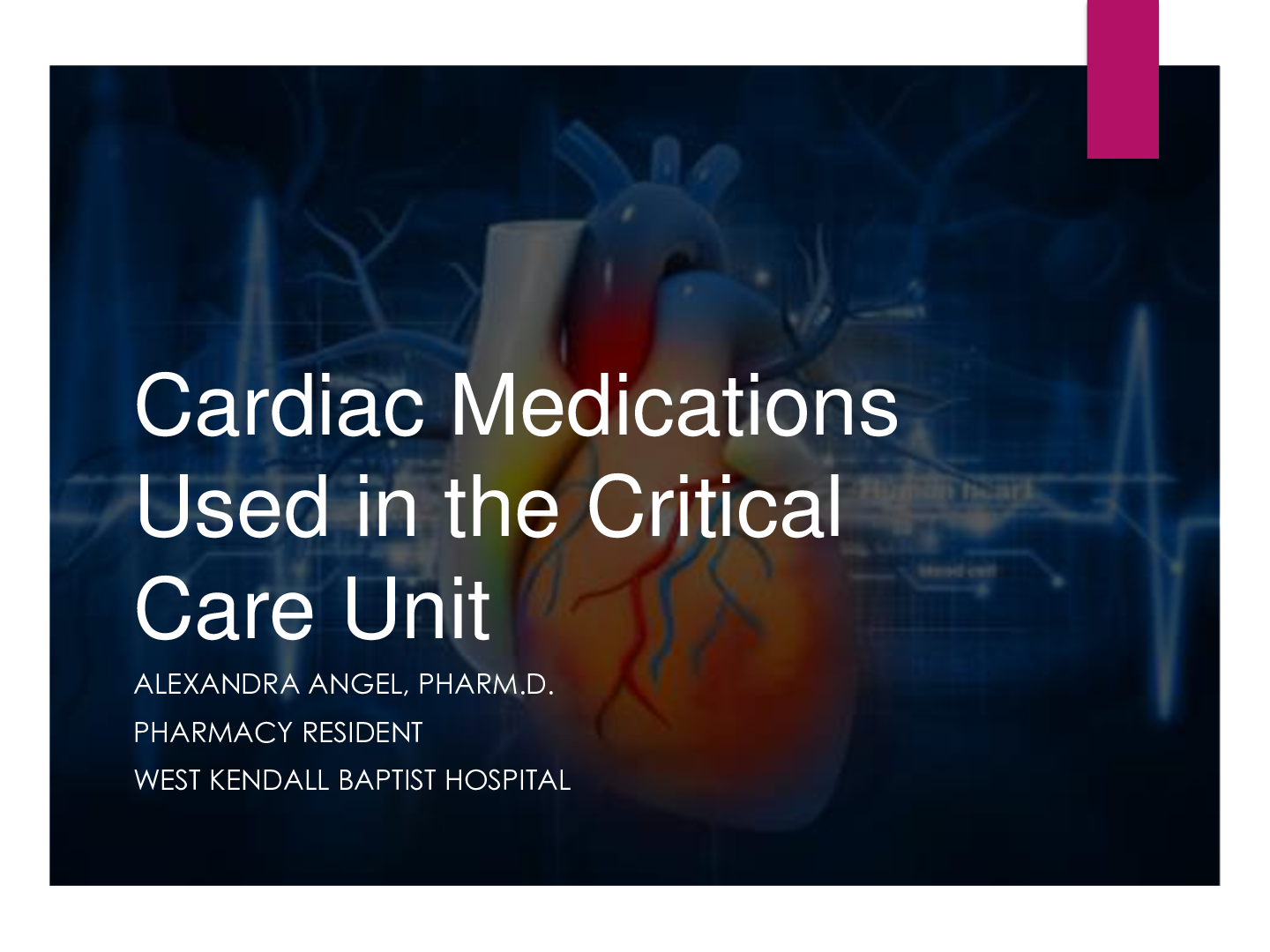
Buy this document to get the full access instantly
Instant Download Access after purchase
Buy NowInstant download
We Accept:

Reviews( 0 )
$14.00
Can't find what you want? Try our AI powered Search
Document information
Connected school, study & course
About the document
Uploaded On
Sep 26, 2020
Number of pages
67
Written in
Additional information
This document has been written for:
Uploaded
Sep 26, 2020
Downloads
0
Views
108



